#79: Edwin Harleston, the "Best Friend of Charleston", and a lecture on the Churchyards of Charleston
For South Carolina history lovers far and wide! Enjoy weekly SC history and upcoming SC historical events
Welcome to the first 100 days of the South Carolina History Newsletter! My name is Kate Fowler and I live in Greenville, SC. I have a 9-5 job in marketing, and outside of work, have a deep love of history. I started this newsletter as a passion project to learn more about our beautiful state and build a community of fellow SC history lovers along the way! To establish a foundation for the newsletter and to grow my expertise on a wide variety of South Carolina historical topics, this past February I challenged myself to post 100 newsletters in 100 days. After this coming May 20th, the newsletter will become weekly. Thank you for joining the journey!
Dear reader,
Welcome to Newsletter #79 of The South Carolina History Newsletter! I’m so happy you’re here.
As always, I’d like to also extend a special welcome to the following new subscribers — woohoo! Thank you for subscribing.
joseph.newlin
phallsc
roncobbusc
harp.lunges_0i
acwr1014
kbowens1
yida.charlie
cjordan1388
lwjlaw
tidbitrs
I hope you enjoy today’s newsletter, and as always, please feel free to reply to this email with your ideas and suggestions on South Carolina history topics you’d like to learn more about. I’m only a click away.
Additionally, please join us & keep the conversation going by becoming a member of our SC History Newsletter Facebook Community here! I can’t wait to meet you.
And now, let’s learn some South Carolina history!
Yours truly,
Kate
(Writing from Greenville, SC)
➳ Featured SC History Event
Please enjoy our featured SC History Event below, and click here to visit my SC History Events Calendar that organizes all the upcoming SC history events I have discovered. Please let me know if you’d like to add an event to the calendar! Reply to this email or send me a note at schistorynewsletter@gmail.com.
Tuesday, May 21st at 7:00 pm | “Stories from the Underground: The Churchyards of Charleston” | Church of the Holy Spirit Parish Hall | Daniel Island, SC | FREE Admission
“Those laid to rest in Charleston’s old burial grounds have much to tell when it comes to Holy City history! Join us as we welcome guest speaker Patrick Harwood, author of “Stories from the Underground: The Churchyards of Charleston” on Tuesday, May 21, from 7-8pm at Church of the Holy Cross, 299 Seven Farms Drive, Daniel Island. Mr. Harwood will discuss his book and the treasure trove of stories he details inside its pages. The author is an experienced “taphophile” who has written two previous Charleston cemetery books and taught a course at the College of Charleston for five years titled ‘Beyond the Grave: What Old Cemeteries Tell and Teach the Living.”
➳ SC History Fun Facts
I.
Did you know that Charlestonian artist Edwin Harleston was praised by W.E.B. Dubois for his portraits?
Edwin Harleston was an African American civil rights leader, businessman, artist and “Renaissance Man” of Reconstruction-Era Charleston.
As a boy, Harleston won a scholarship to the prestigious Avery Normal Institute for African American students and graduated valedictorian of his class in 1900. From there, he graduated from Atlanta University in 1904, and after that, he was accepted at Harvard but chose to enroll at the School of Fine Arts in Boston. He studied in Boston from 1906-1912.
Harleston was a founding member of the Charleston chapter of the National Association for the Advancement of Colored People (NAACP) in 1917 and served as its first president.
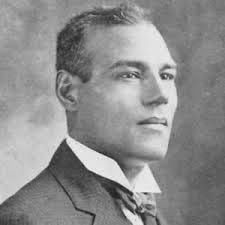
In 1919 he organized a campaign and petition drive to allow Black teachers to teach in the Black public schools in Charleston. The effort resulted in a change of state law.
On September 15, 1920, Harleston married Elise Forrest in Brooklyn, New York, where she attended photography school. They made their home in Charleston and shared an art studio.
In a 1923 letter to his wife Elise, Harleston explained his plan to carry on the legacy of artist Henry Ossawa Tanner by portraying African Americans “in our varied lives and types with the classic technique and the truth, not caricatures . . . to do the dignified portrait and take the picturesque composition of arrangements or scenes showing the thousand and one interests of our group in industry, religion, general social contact.”
Harleston often used photographs taken by Elise as source material for his portraits. One example of this practice is Miss Bailey with the African Shawl, widely regarded as one of the artist’s finest works.
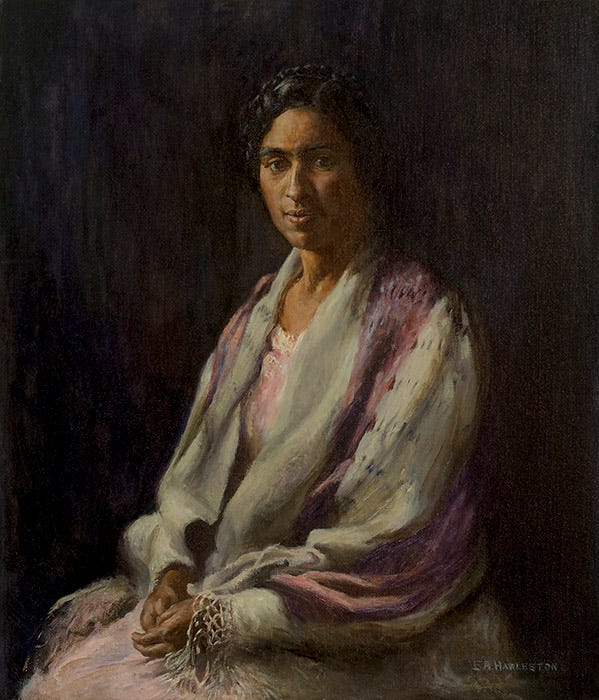
The subject of much of Harleston’s early artwork was family, friends, and daily life. “The Charleston Shrimp Man,” “The Honey Man,” and “The Old Servant” featured images that evoked the rich African American cultural heritage of the Lowcountry.

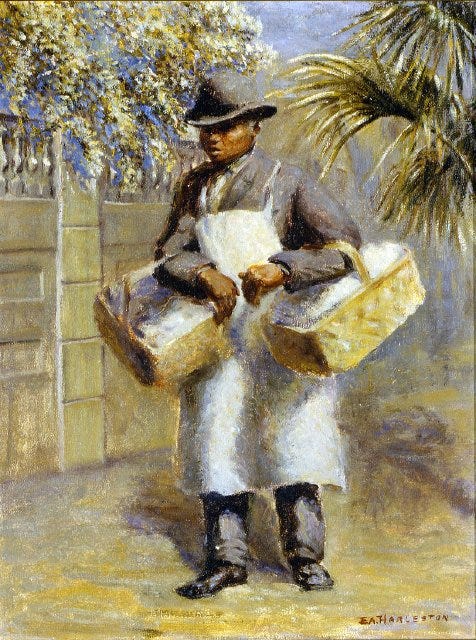
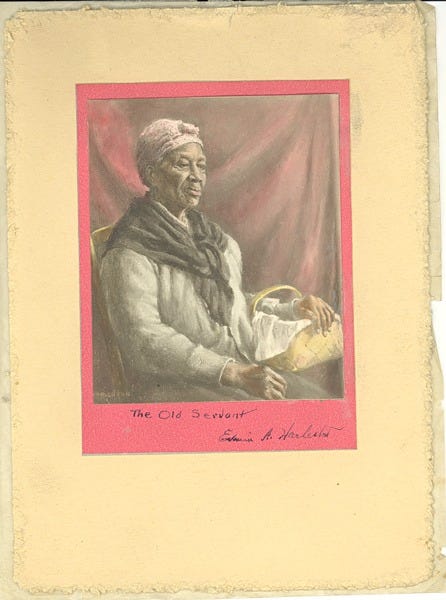
His painting “Oudia” won NAACP’s 1925 Amy Spingarn Prize. The Spingarn Medal, was a gold medal awarded annually by the NAACP.
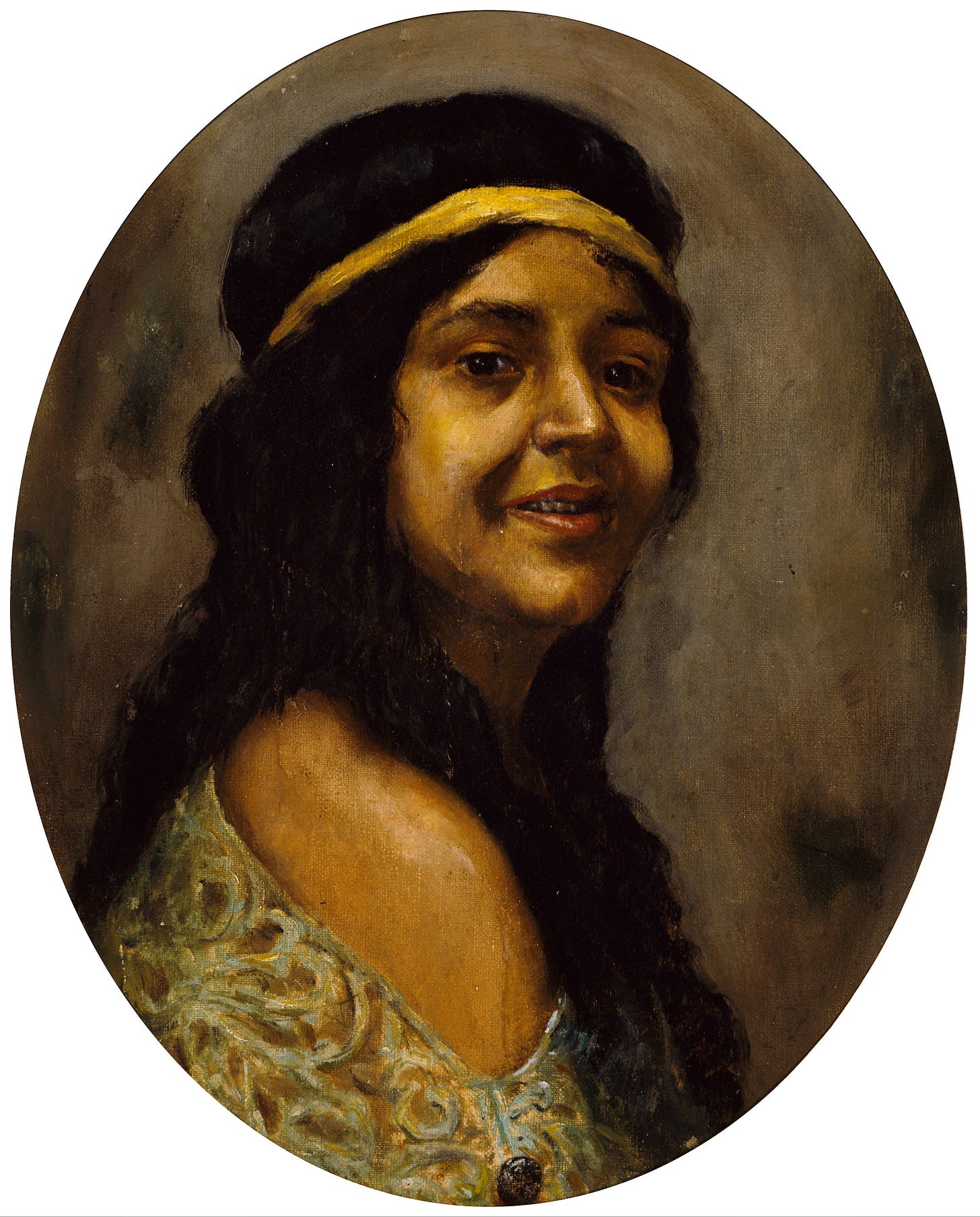
By the 1920s Harleston had established a solid reputation as a portrait artist. His strong portraits featured prominent businessmen, civic leaders, and their families — most of whom were African American.
His commissioned portraits included Edward Twitchell Ware (president of Atlanta University) and the daughter of W. E. B. Du Bois.
W. E. B. Du Bois said of Harleston as an African American artist that he was the “leading portrait painter of the race.”
On the recommendation of Du Bois, he was commissioned to create an official portrait of the prominent industrialist and philanthropist Pierre Samuel duPont.
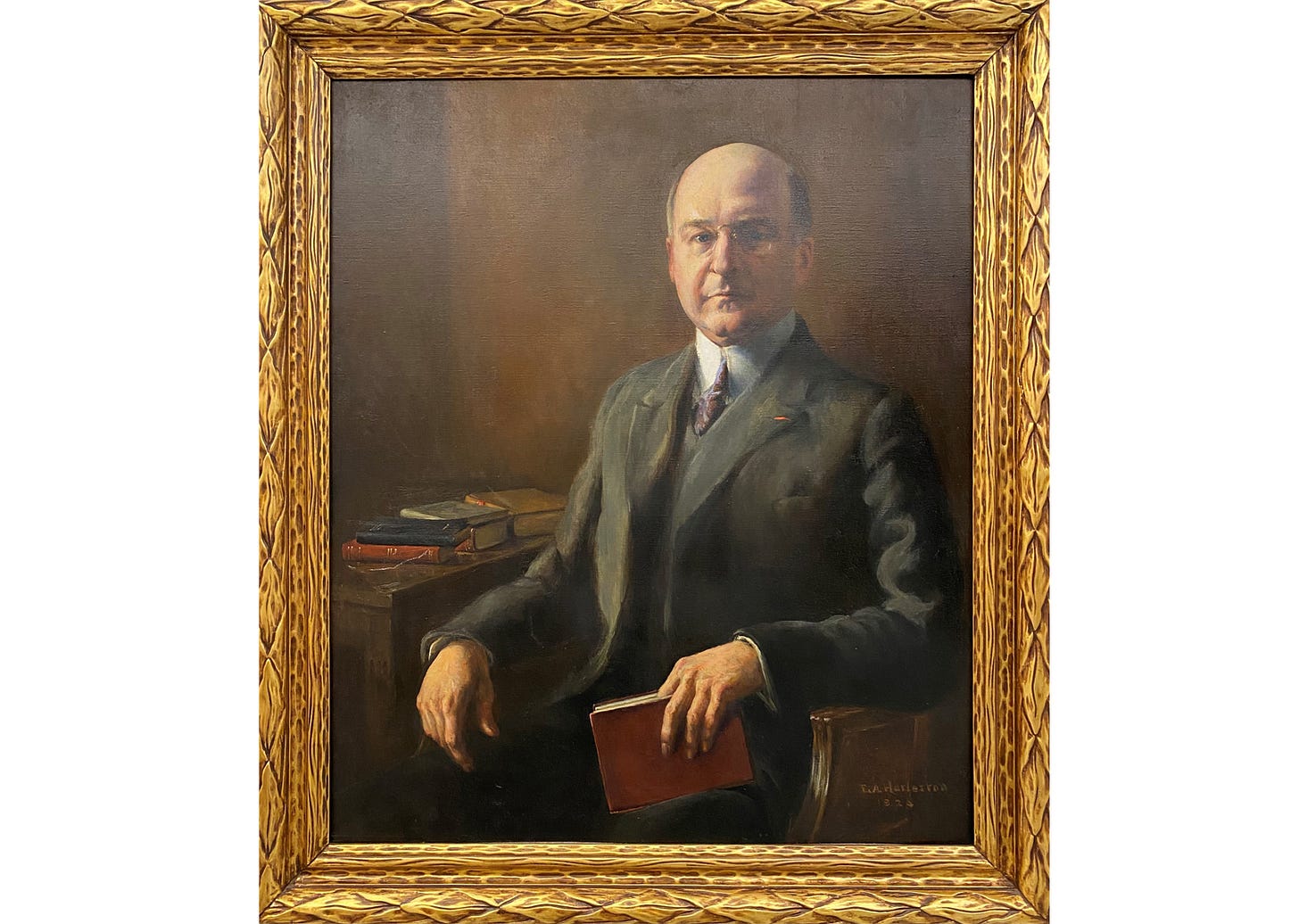
His noted portraits of South Carolina congressman Thomas Miller and of Aaron Douglas, a premier artist of the “New Negro” movement of the 1920s, are in the collections of the Charleston Museum.
Harleston went to Nashville in 1930 at the invitation of Aaron Douglas and assisted him in painting murals in the new library at Fisk University.
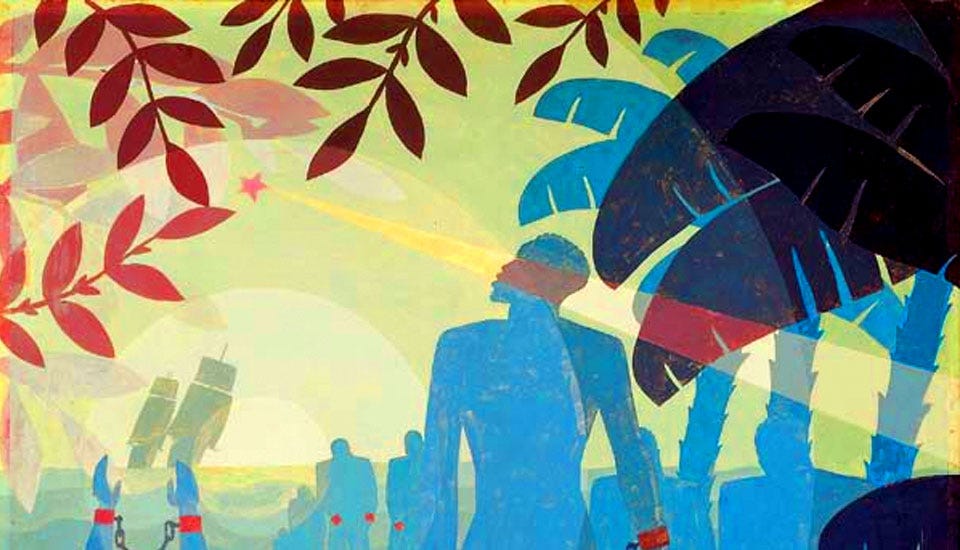
Despite this modest success, Harleston was “largely excluded from the dominantly white artistic circles of the Charleston Renaissance with which his work is today associated.”
Racial prejudices and segregation “prevented several high-profile commissions from coming to fruition and derailed a planned 1926 exhibition of his work at the Charleston Museum.”
Harleston died in Charleston on May 10, 1931, and was buried in the Harleston plot of the Unity and Friendship Cemetery.
Please scroll to the bottom of this email for my source for this section
Please leave a comment below!
II.
Did you know that the first locomotive built for public service in America was named “The Best Friend of Charleston”?
Commissioned by the South Carolina Canal and Rail Road Company, the Best Friend of Charleston was the first locomotive built in the United States for public service.
The locomotive was constructed in New York City at the West Point Foundry to run on the Charleston-Hamburg line.
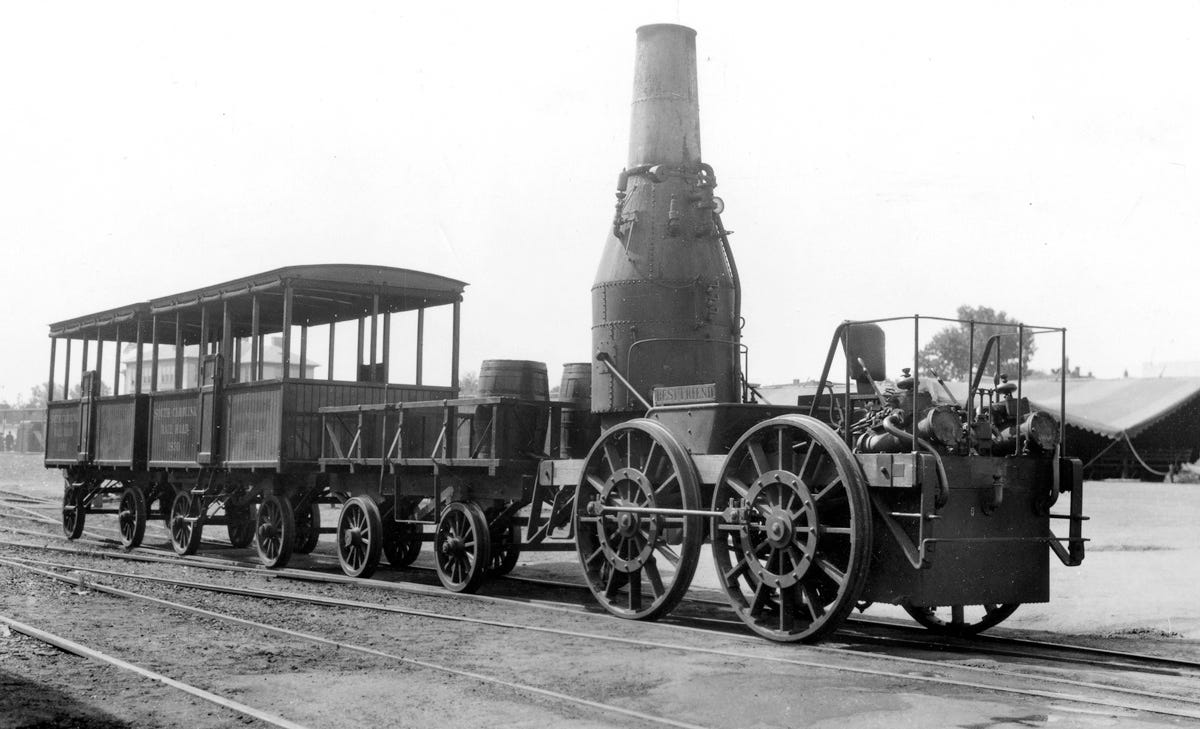
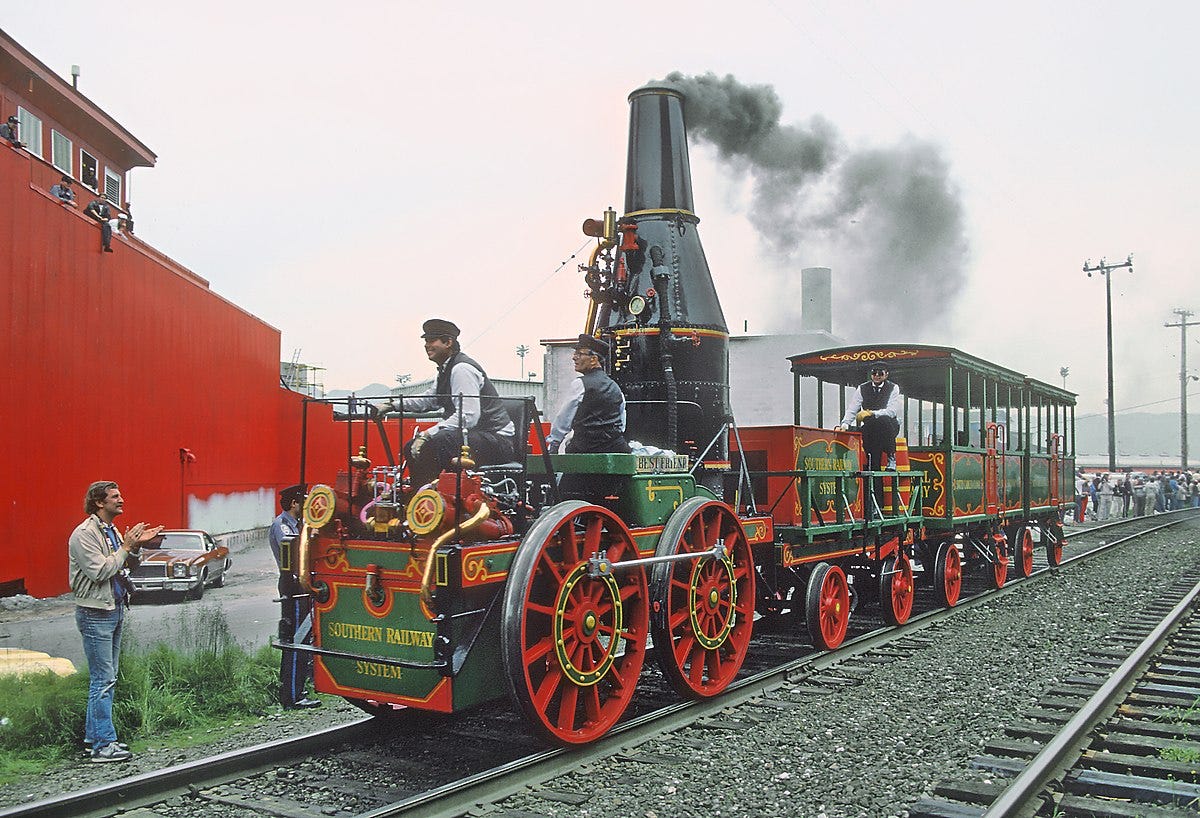
The Best Friend had its formal debut on Christmas Day 1830, pulling passenger cars from Charleston to Dorchester.
That first trip was quite the sensation, as described in the florid language of the day in the Charleston Courier (still the city’s newspaper):
“The one hundred and forty-one persons flew on the wings of wind at the speed of fifteen to twenty-five miles per hour, annihilating time and space … leaving all the world behind. On the return we reached Sans-Souci in quick and double quick time, stopped to take up a recruiting party; darted forth like a live rocket, scattering sparks and flames on either side; passed over three salt creeks hop, step and jump, and landed us all safe at the Lines before any of us had time to determine whether or not it was prudent to be scared.”
In 1831 the Best Friend was used to carry mail, freight, and passengers. A second engine, the West Point, went into use on the Charleston-Hamburg line in March 1831 but never achieved the same speeds as those of the Best Friend.
The South Carolina Canal and Rail Road Company “used slaves to work on the line, both as laborers and as firemen to regulate the steam engine.”
In June 1831 an accident brought an end to the Best Friend. A slave fireman closed up a safety valve on the boiler while the locomotive was stopped at a platform. When the Best Friend began to move again, a terrible explosion threw the boiler twenty feet into the air, killing the fireman, scalding the engineer, and injuring several workers.
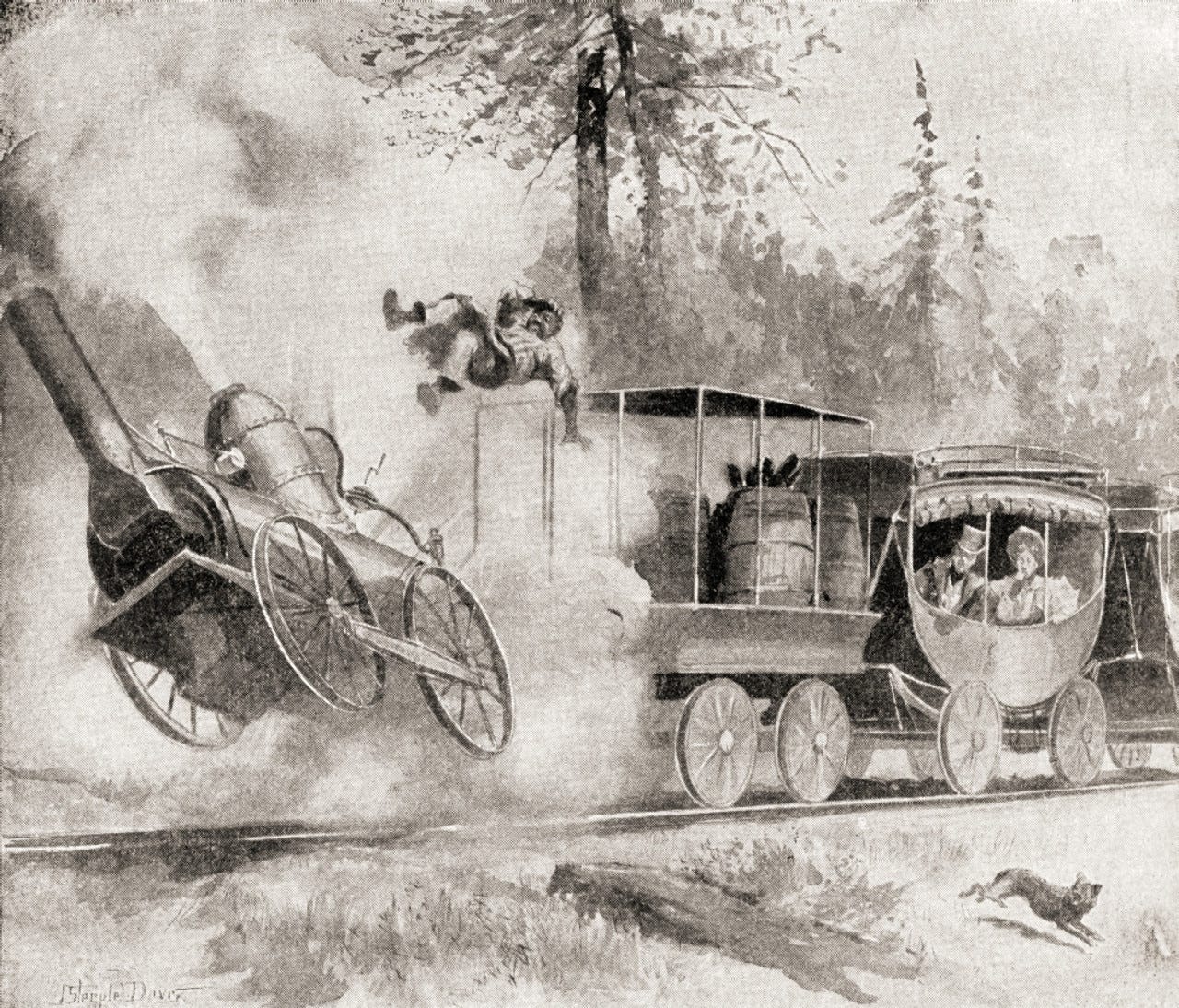
The engine was rebuilt and rechristened the Phoenix.
Today, an operable replica of the locomotive is in the hands of the Charleston, SC Chapter of the National Railway Historical Society. It was built in 1928 to commemorate the centenary of the South Carolina Canal and Rail Road, and was widely exhibited.
Another full-size replica of The Best Friend of Charleston is on exhibit at the South Carolina State Museum, in Columbia, South Carolina.
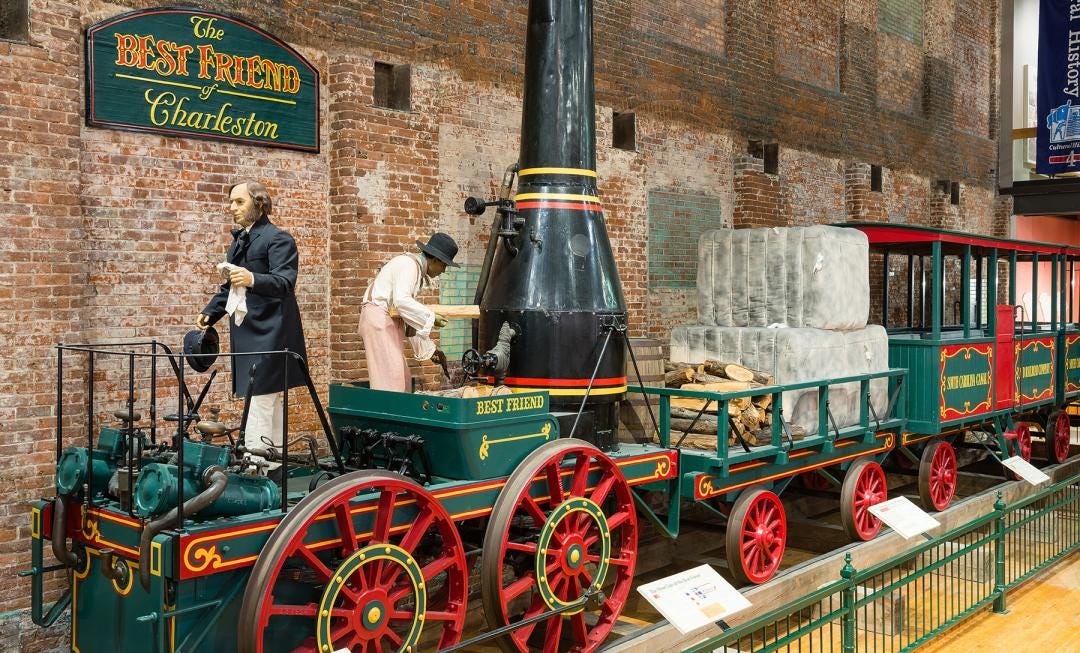
Please scroll to the bottom of this email for my sources for this section
Have you seen a replica of The Best Friend of Charleston? We’d love to hear! Leave a comment below!
➳ Quote from an SC historical figure
"She's the Best Friend of Charleston.
Neither horse nor breathin' man.
She's a rock of rollin' engine.
Can she run, sir?
Yes, she can.
She's a horseless hunk of screamin', steamin',
People-haulin' wheels.
If you've nerve to get aboard her
there's a thrill you're gonna feel.
Tip your hat and bow down to her,
Christen her upon the way.
She's the Best Friend of Charleston.
It's her maiden run today.”
— “Ridin’ the Rails” poem by Johnny Cash
Here is a fun video I found of singer Johnny Cash narrating his poem above by riding aboard a replica of The Best Friend of Charleston — who knew?!
Edwin Harleston article sources:
Aldrich, Jane M. “Harleston, Edwin Augustus.” South Carolina Encyclopedia, 15April 2016, https://www.scencyclopedia.org/sce/entries/harleston-edwin-augustus/. Accessed 29 Apr. 2024.
“Edwin Harleston: The Johnson Collection, LLC.” The Johnson Collection, LLC, https://thejohnsoncollection.org/edwin-harleston/. Accessed 29 Apr. 2024.
“Joel E. and Amy E. Spingarn Papers.” New York Public Library, https://archives.nypl.org/scm/20779#:~:text=The%20Spingarn%20Medal%2C%20which%20he,prominent%20African%20American%20cultural%20figures. Accessed 29 Apr. 2024.
Charleston Dance article sources:
Poole, W. Scott. “Best Friend of Charleston | South Carolina Encyclopedia.” South Carolina Encyclopedia, 17 March 2016, https://www.scencyclopedia.org/sce/entries/best-friend-of-charleston/#:~:text=Constructed%20in%20New%20York%20City,cars%20from%20Charleston%20to%20Dorchester. Accessed 29 Apr. 2024.
“Best Friend of Charleston.” www.Rgusrail.com, https://www.rgusrail.com/scbfcharleston.html. Accessed 29 Apr. 2024.
“Hanging out with the ‘Best Friend of Charleston.” Trains.Com Online Community, 11 March 2020, https://cs.trains.com/ctr/b/mileposts/archive/2020/03/11/hanging-out-with-the-quot-best-friend-of-charleston-quot.aspx. Accessed 29 Apr. 2024.
I always want to improve my work. Answer the poll below to give me your review of today’s newsletter. I also welcome your suggestions for new content! Simply reply to this email with your ideas. Thank you!




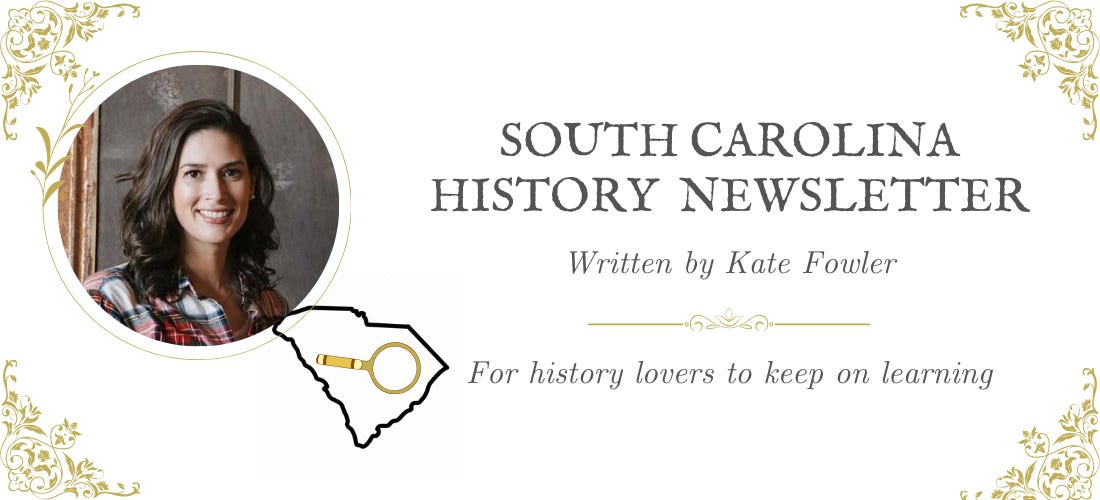


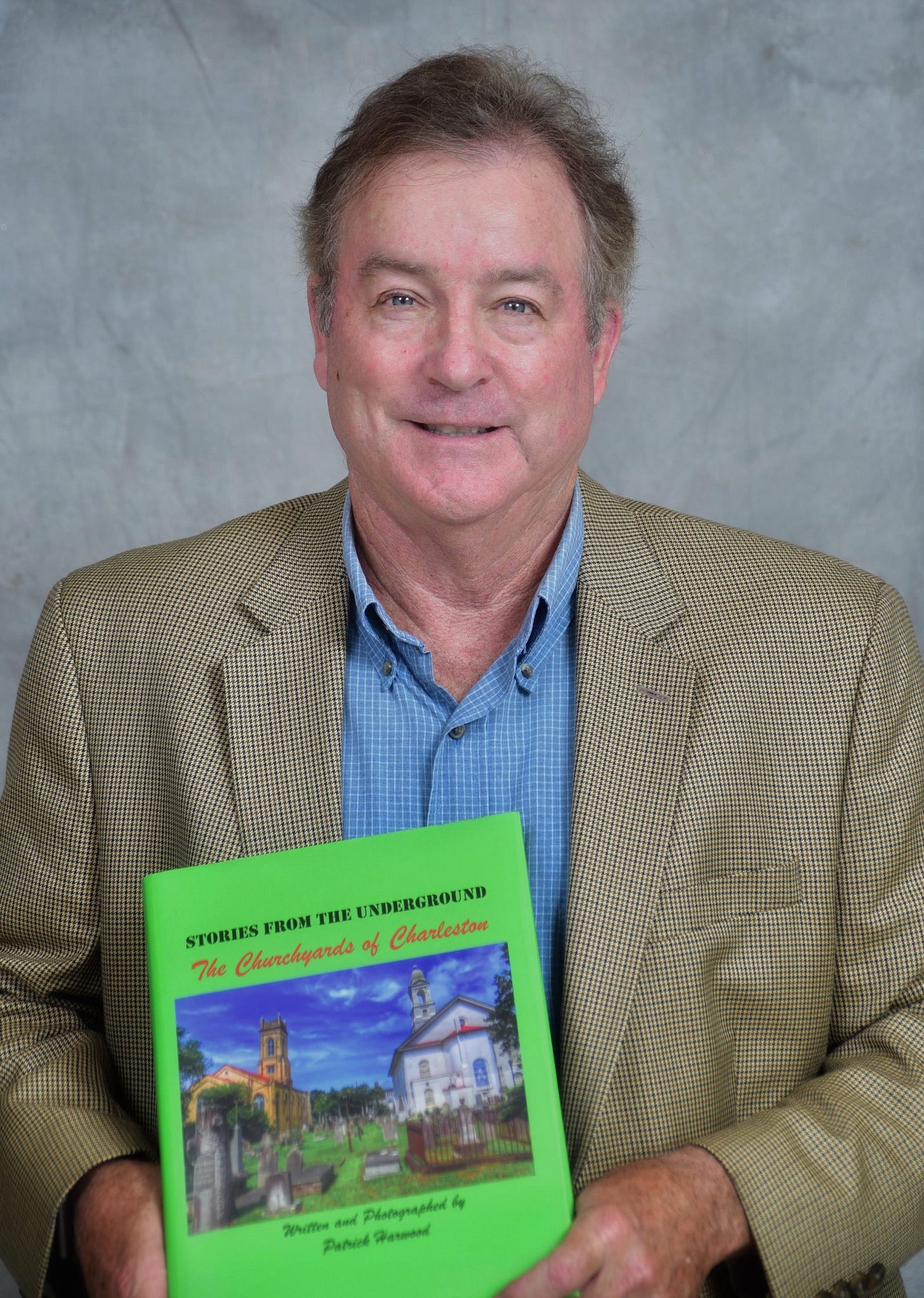





Harleston's portrait of Aaron Douglas is currently on view in the Harlem Renaissance exhibit at the Metropolitan Museum of Art in NYC. Great exhibit, and I was happy to see it his work there yesterday!